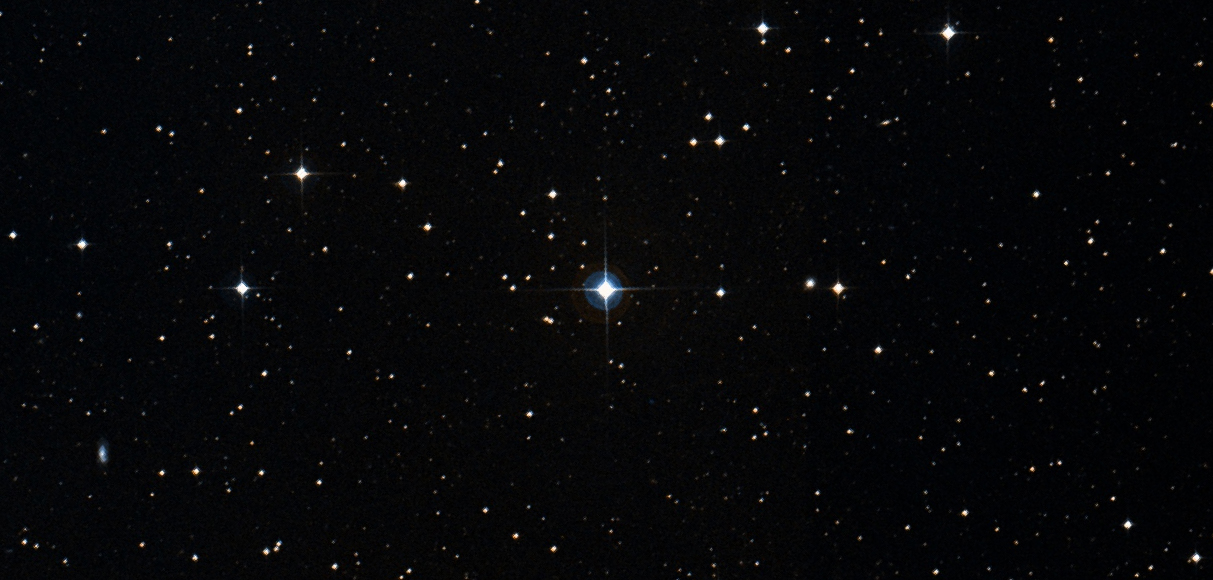Astronomers discovered that the star Gaia17bpp gradually brightened over a 2 1/2-year period. But follow-up analyses revealed that the star itself wasn’t changing. Instead, it’s likely part of a rare type of binary system. Its apparent brightening was the end of a years-long eclipse by an unusual, “dusty” stellar companion.
Tag: stellar astrophysics
Cosmic cartographers map the nearby Universe revealing the diversity of star-forming galaxies
A team of astronomers using the Atacama Large Millimeter/submillimeter Array (ALMA) has completed the first census of molecular clouds in the nearby Universe. The study produced the first images of nearby galaxies with the same sharpness and quality as optical imaging and revealed that stellar nurseries do not all look and act the same. In fact, they’re as diverse as the people, homes, neighborhoods, and regions that make up our own world.

Astronomers document the rise and fall of a rarely observed stellar dance
Astronomers have catalogued 126 years of changes to HS Hydra, a rare evolving eclipsing binary. The two stars in HS Hydra began to eclipse each other starting around a century ago, peaking in the 1960s. The degree of eclipsing then plummeted over the course of just a half century, and will cease around Feb. 2021.